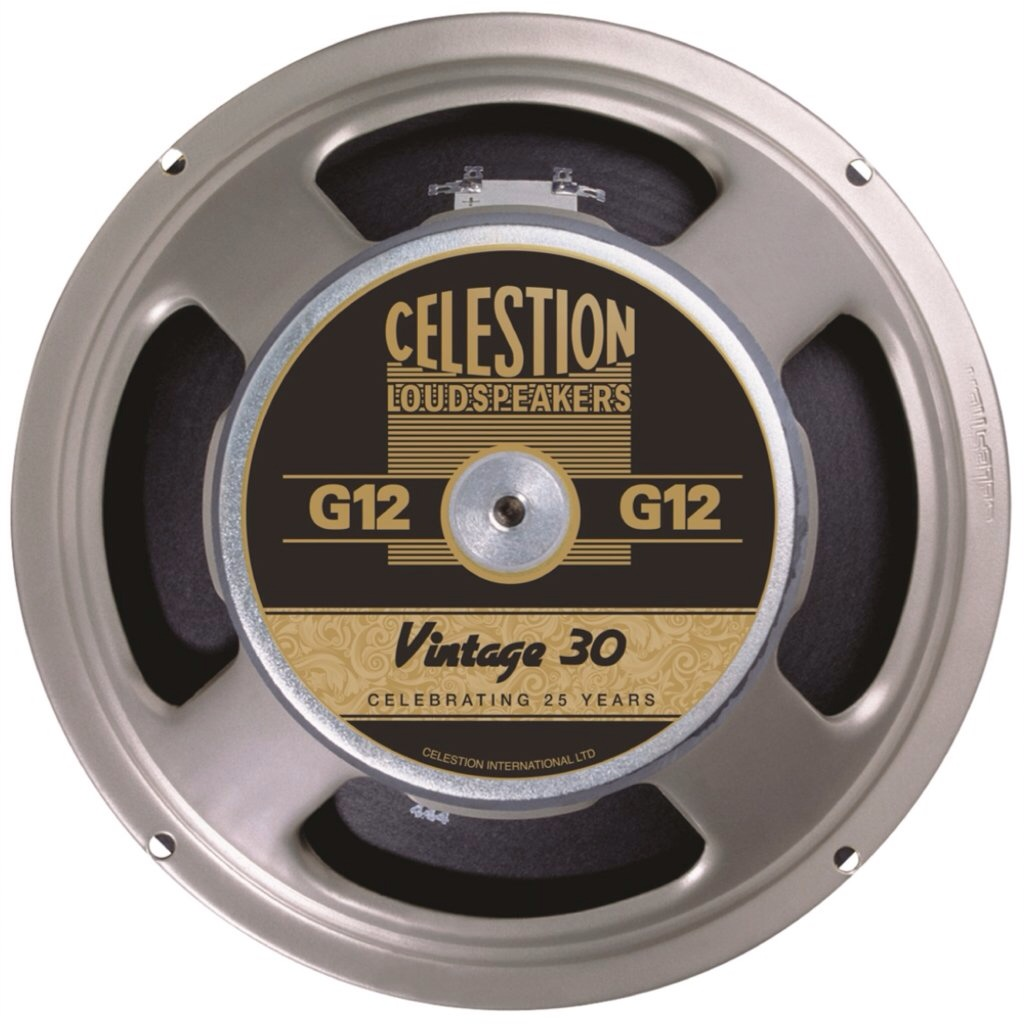

No, legally too, they will use your protest as justification if a sufficiently rowdy one cannot be exhibited. And then when your protest ceases to exist, they’ll fabricate an incident to justify escalation.
The people in charge are already fully monsters who will wield the law as needed to get their dirty work done, regardless of how peacefully you protest, regardless of how perfect a victim you make yourself, regardless of what the law says.



Solution: just poop in the car/on the bike/on the sidewalk.
…
What? I said “Solution”, not “Good Solution” 😆